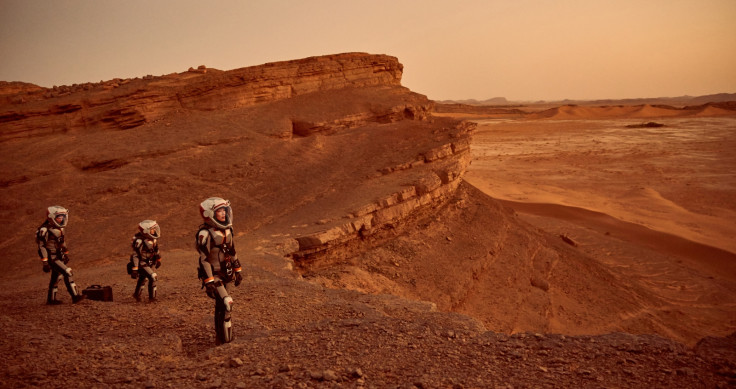Nasa's human Mars mission will cost $450bn but it's not enough to explore the Red planet
The space agency may fall short of finances for its Mars Mission.
Nasa's "Journey to Mars", which aims to send humans to the Martian system in the 2030s, has been estimated to be the costliest space mission ever. But no figure or budget has been declared by the apace agency so far, leaving many to blindly speculate on how much the US Congress needs to keep aside.
A new report by the space agency however, says the cost for the entire mission could be well over a staggering $450bn (£359bn) over the next three decades. The worrying part is though, that this is just for an "austere," bare-bones program that would make no allowance for future missions. The minimal budget only envisages a touchdown and collect plan and has little or no scope for building Mars as a habitat of the future as earlier proposed.
The cost estimation comes from an updated version of a study done by Nasa's Jet Propulsion Laboratory (JPL). The budget incorporates costs for crewed landing on the Martian moon Phobos in 2033, a one-month Mars surface halt in 2037, and a one-year surface halt in 2041 and 2046. It also includes the cost for a possible new International Space Station (ISS) or alike docking station as Nasa is to end support for the current ISS in 2024.
The updated plan is starkly different from what Nasa had envisioned for a long-term, sustainable exploration program. For instance Nasa had plans to make stay at Mars' surface self-sustaining by producing oxygen on the Red planet itself for the crew and possibly other life in a controlled environment. The revised plan proposes to give that up.
Nasa however, says two things can bring down the cost for this mission and make it as self sustaining as they imagined. First, the inclusion of more private partners into the space game like SpaceX, blue Origin and more whose rocket fuel technology could save billions during the mission.
Secondly the agency proposes to replicate the ISS framework where it collaborates with space agencies all over the world. However, the problem is that other agencies' goals may diverge from those of Nasa's. For instance many foreign space agencies plan to focus their exploration efforts on the Moon and not on the Mars.

"Such estimates would help inform other decision makers and stakeholders in the Administration, Congress, and research and business communities of the magnitude of the sustained investment required to make human exploration of Mars a reality by the late 2030s or early 2040s," the report states.
The report also warns that Nasa is "not likely" to meet its targets for launching the first two missions of the Space Launch System rocket and Orion spacecraft in 2018 and 2021, respectively due to a host of technical and financial issues.
© Copyright IBTimes 2024. All rights reserved.





